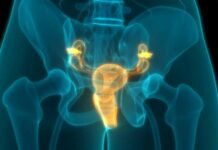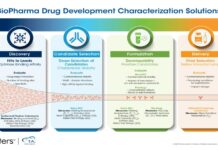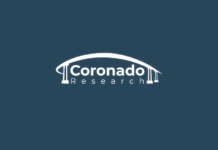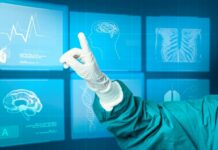A model defined by Jason Karlawish, MD, Associate Professor of Medicine and Medical Ethics at the University of Pennsylvania School of Medicine, involves clinicians continuously gathering risk factor information – from a patient’s medical history, electronic medical records or recent office visit – and combining it with clinical studies about disease risk. Once the patient’s risk has been assessed, the physician can provide the appropriate intervention to prevent the onset of disease, rather than treat the disease once it is fully developed.
Dr. Karlawish said, Desktop medicine has substantial implications for how we ought to educate, train, and practice medicine. For example, medical training should teach how to help patients appreciate their relevant risks and manage these risks, as many patients fail to adhere to a long-term intervention intended to prevent disease.
This new model may also explain why primary care is suffering. Physicians need to learn how to incorporate both bedside and desktop medicine into an office visit, so long-term disease prevention is not overlooked while a short-term symptom is being addressed, and vice versa. Transformations in medical practice, such as electronic medical records, are also essential.
Medical and pre-medical education focused on epidemiology, genomics, and information sciences are increasingly important. Electronic medical records are crucial, as physicians use statistical models that require large sample sizes to detect risk. Both physicians and patients, who have increasing access to their own medical information, will have to learn how to collaborate on the decision making process. In addition, as new techniques are developed to change patient behaviors – such as payments for adhering to medications – physicians will need to learn how to talk with patients about these financial incentives.

















![Sirio Launches Global Research Institute for Longevity Studies [SIA]](https://www.worldpharmatoday.com/wp-content/uploads/2019/09/Sirio-218x150.jpg)

